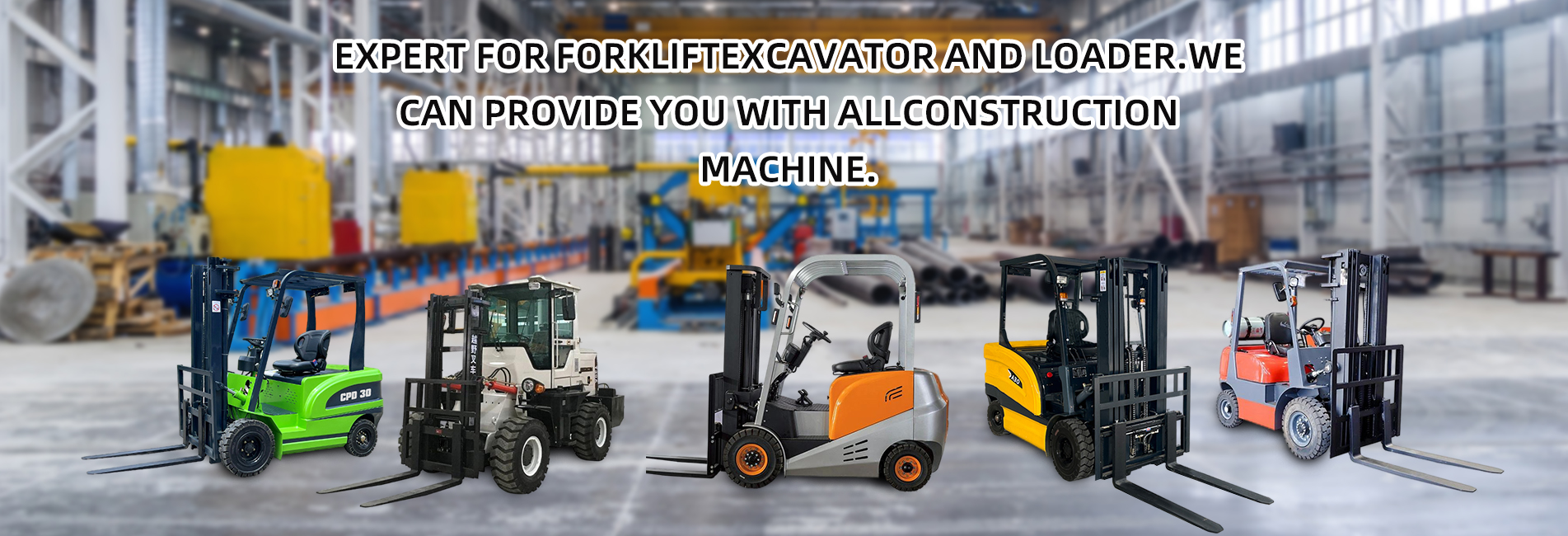| Price Ratio | 1 | 2 - 3 |
| Charging Time | 8 - 10 hours | 1 - 2 hours (fast charging) |
| Service Life | 3 - 5 years (500 - 1000 charge - discharge cycles) | Over 10 years (2000 - 3000 charge - discharge cycles) |
| Maintenance Requirement | Regular water refilling and electrolyte inspection | Maintenance - free |
| Weight | Approximately 1100kg (for 2.5 - ton models) | Approximately 300kg (for the same model) |
| Energy Density | 30 - 50Wh/kg | 150 - 200Wh/kg |
| Suitable Scenarios | Light to moderate use (less than 4 hours per day) | Multi - shift / high - intensity use (no less than 8 hours per day) |
| Long - term Cost | High (frequent replacement required) | Low (the price difference can be recovered within 3 - 5 years) |



